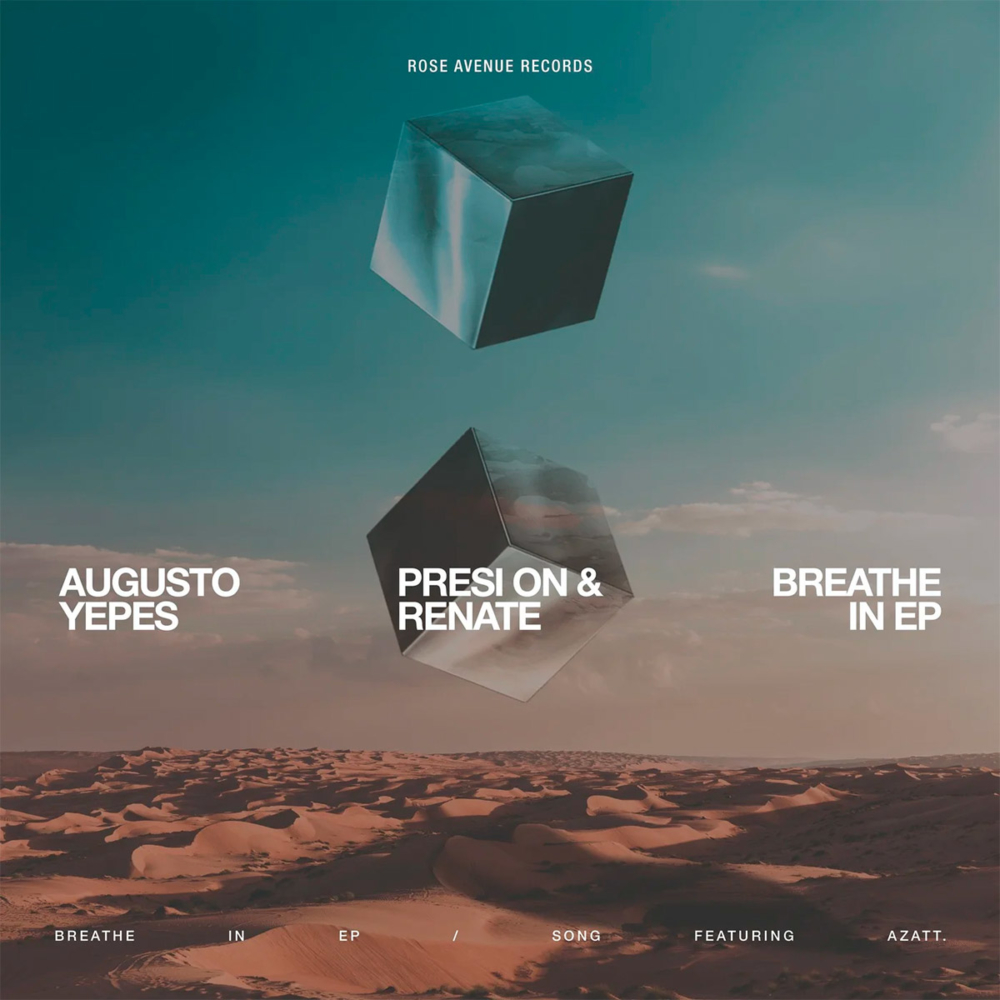DJ and producer, Augusto Yepes, has established himself as a prominent figure in the electronic music industry. He’s created a distinctive sound that bridges multiple genres and cultural influences.
Photo credit: Augusto Yepes – Official
Yepes’ innovative approach, which incorporates diverse musical elements, has earned him international recognition. He has performed alongside renowned artists such as Rüfüs Du Sol, Bedouin, and Blond:ish, solidifying his position in the industry.
Drawing inspiration from Colombia’s rich musical heritage, Yepes infuses his compositions with compelling rhythms that have broad appeal. His consistent presence at the top of Beatport charts underscores his growing impact.
Yepes recently celebrated a significant milestone with the release of his new EP ‘Breathe In’ on Rüfüs Du Sol’s Rose Avenue label. To mark this achievement, he shares valuable insights into his creative process, offering five studio tips that have shaped his distinctive sound.
1. Develop your signature sound
Crafting a signature sound is key to establishing your identity as a producer. Start by exploring a wide range of synthesizers, both analog and digital, and experiment with their parameters to create sounds that resonate with your artistic vision. Custom-built samples, manipulated through techniques such as granular synthesis or pitch modulation, can further distinguish your tracks. By continuously refining these elements and integrating them into your compositions, you’ll develop a sonic fingerprint that listeners will recognize and connect with.
2. Remix to refresh
When inspiration wanes, diving into remixing can reignite your creative spark. Choose a track that resonates with you, not only for its musicality but for the emotion it evokes. Deconstruct the original, analyzing its structure, rhythm, and key elements, then reimagine it from a fresh perspective. This could involve altering the tempo, reworking the melody, or introducing entirely new sounds. Remixing is a powerful learning tool—by dissecting others’ work, you gain insights into different production techniques and styles. This process can open up new creative pathways, leading to ideas you might not have discovered through original compositions alone. It’s also an excellent way to engage with the wider music community and expose your work to new audiences.
3. Layer for depth
Layering is a fundamental technique in music production that adds richness and complexity to your tracks. Start with a strong foundation—a solid rhythm and a catchy melody. From there, consider how additional elements can complement and enhance the core sounds. For instance, subtle pads can fill out the harmonic spectrum, adding warmth or tension, while varied lead synths can introduce melodic counterpoints. Experiment with different types of bass lines, from deep sub-bass to more melodic mid-range bass, to add depth to the lower end of your mix. Remember that each layer should serve a purpose and contribute to the overall texture of the track without overcrowding the mix.
4. Master the art of mixing
Mixing is where the magic happens—it’s the process that transforms a collection of sounds into a polished track. Start by balancing the levels of your individual elements, ensuring that nothing overpowers the mix while maintaining the intended dynamics. Use panning to create a sense of space and dimension, allowing instruments to sit in their own part of the stereo field. Equalization is crucial to carve out frequencies and ensure each element occupies its own space in the spectrum. Compression can help control dynamics and add punch, but use it judiciously to maintain the natural feel of the track.
Finally, don’t underestimate the power of subtle effects like reverb and delay, which can add depth and cohesion when used appropriately. A well-mixed track not only sounds good on studio monitors but translates well across different listening environments, from club sound systems to headphones.
5. Utilize space and silence
In music production, what you don’t play is just as important as what you do. Silence and space can be powerful tools for creating tension, drama, and release in your tracks. Strategic use of pauses—whether a brief stop before a drop or an extended break—can heighten anticipation and make the subsequent section hit harder. Silence also allows listeners to absorb what they’ve just heard, giving more weight to your musical ideas.
Additionally, by sparingly using space within your arrangements, you can give each element of your track room to breathe, enhancing overall clarity and impact. Think of space as a canvas that allows the listener to focus on the textures, rhythms, and emotions you want to convey, leading to a more immersive and memorable experience.
These expanded tips aim to provide a deeper understanding of each technique, helping you apply them more effectively in your house music production. By focusing on these aspects, you can significantly enhance the quality and distinctiveness of your tracks.

Augusto Yepes ‘Breathe In’ is out now via Rose Avenue. Stream and download here.
Follow Augusto Yepes: Spotify | Soundcloud | Instagram | Facebook











